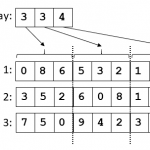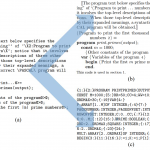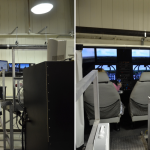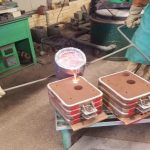gruepr, a Software Tool for Optimally Partitioning Students onto Teams
Abstract
Abstract—Choosing how to split a group of students into teams for project work can be a time-intensive task for an instructor. An instructor might have a complex set of parameters to optimize, perhaps desiring each team to have a certain number of times throughout the week where they can meet, while also seeking to create teams that are homogeneous in some characteristics and heterogeneous in other characteristics. Demographic composition may also be considered, and perhaps the instructor has certain students that must be placed on the same team or must be placed on different teams. Maybe teams will be formed several times, and no student should have the same teammate twice. A few software tools can be found in the literature to assist an instructor with this task, but few of them seem to be easily and freely accessible.



